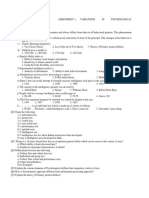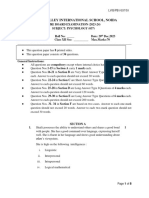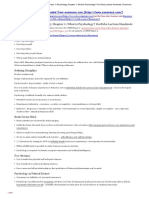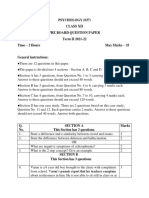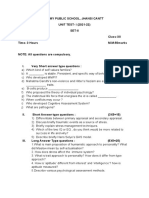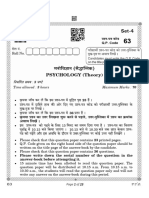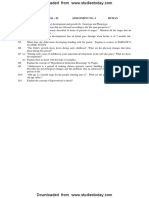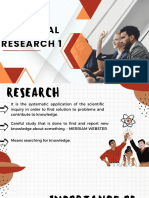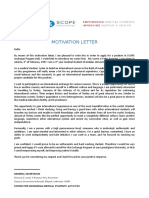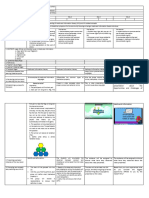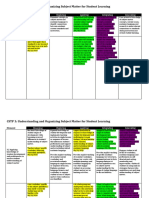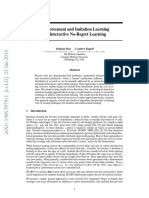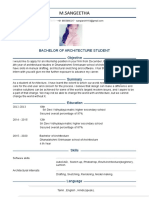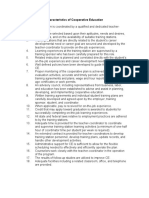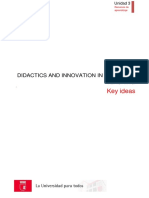100% found this document useful (1 vote)
1K views5 pagesChapter1 Questions
This document contains questions related to concepts in intelligence and psychological assessment. It covers topics like theories of intelligence (e.g. triarchic theory, structure of intellect model, multiple intelligences theory), assessment methods, intelligence testing, mental abilities, mental retardation, giftedness, emotional intelligence, and the relationship between intelligence and creativity. The questions range from 1 to 6 marks and are divided into multiple parts relating to definitions, comparisons, explanations and discussions.
Uploaded by
ARYAN SAINICopyright
© © All Rights Reserved
We take content rights seriously. If you suspect this is your content, claim it here.
Available Formats
Download as DOCX, PDF, TXT or read online on Scribd
100% found this document useful (1 vote)
1K views5 pagesChapter1 Questions
This document contains questions related to concepts in intelligence and psychological assessment. It covers topics like theories of intelligence (e.g. triarchic theory, structure of intellect model, multiple intelligences theory), assessment methods, intelligence testing, mental abilities, mental retardation, giftedness, emotional intelligence, and the relationship between intelligence and creativity. The questions range from 1 to 6 marks and are divided into multiple parts relating to definitions, comparisons, explanations and discussions.
Uploaded by
ARYAN SAINICopyright
© © All Rights Reserved
We take content rights seriously. If you suspect this is your content, claim it here.
Available Formats
Download as DOCX, PDF, TXT or read online on Scribd
/ 5










